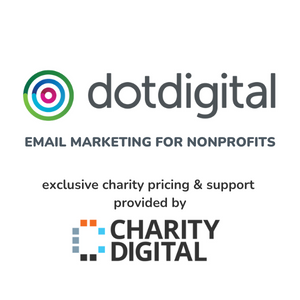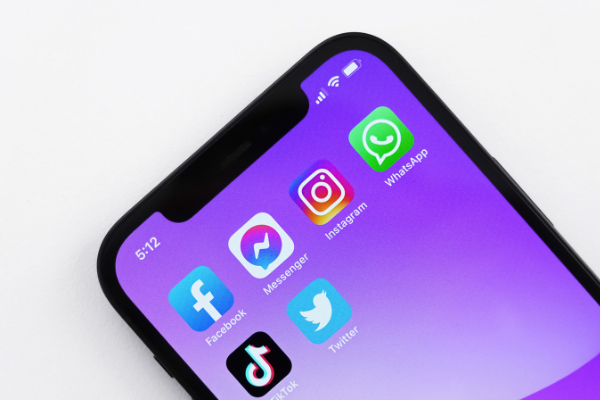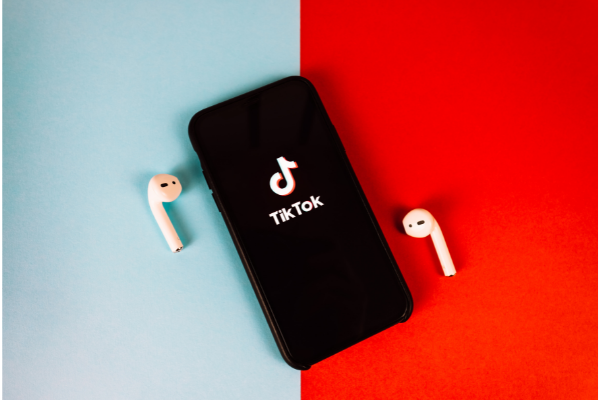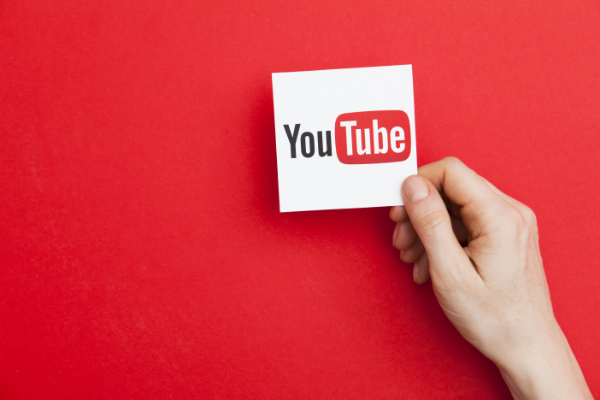Insights
INSIGHTS
All Topics
Small Charity Week: social media for small charities
19 Jun 2023by Mary Wessel
It’s Small Charity Week and one core objective is to improve the knowledge, representation, and sustainability of small charities. So we wanted to provide some simple advice to help small charities master social media
Social media is a great marketing tool for any charity but can be especially helpful for smaller charities with limited budgets. As well as increasing your reach, it can help to drive donations, share your impact, and engage directly with supporters.
If you need help to get started, here are some pointers and best practice tips.
Focus on a few platforms
While there are lots of social media platforms out there, it’s best to target just a few to start with. That way you can learn what works and what doesn’t and adapt as you go along.
The main platforms you’ll probably want to consider are Facebook, Instagram, YouTube, TikTok, and Snapchat.
We have 101 guides for each to help you decide which are the best to start with for your charity (see the links above). For example, if you’re looking to engage new corporate sponsors you might like to build a profile on LinkedIn. Or if you want to attract younger supporters, try TikTok.
Plan your content
When it comes to social posts, it could be easy to take a scatter gun approach. But creating a calendar or planner for your social media activity will make sure you create posts that target your key audiences and feed into longer-term strategies.
Working in this way will allow you to create posts that align with relevant awareness days and events, as well as give you the time to check your work before posting. It also means you won’t have to rush around to find something to post each day.
Take a look at our step-by-step guide to setting up a content calendar.
Post a range of content – and make it shareable
There’s no fixed formula for great content – that will depend very much on your charity and your audiences. To start with, you might like to try out a range of content to see what works best and generates the most engagement.
You could try:
- Posting success stories, using video, images, or copy
- Promoting events and fundraisers
- Sharing user-generated content, such as content from service users
- Posting behind-the-scenes videos from volunteers and staff
- Sharing curated content from other sources
- Promoting awareness days
- Sharing educational information
- Collaborating with influencers who believe in your cause
To make the most of your posts, make sure your they are shareable. For example, on Facebook that will mean choosing your default audience as ‘public’.
Whatever kind of content you decide to create, there are lots of tools to make the process easy and cheap. That includes Canva or VistaCreate for creating graphics or Animoto for video.
Make sure your content is accessible
To get your message across to the widest possible audience, make sure your social posts are accessible. A strong first step is making sure that you write clearly and concisely. Not only is space precious on social media, using plain English and short sentences is important for screen reading software.
It’s also best practice to use captions on any videos, keep emojiis to a minimum, and use camel case for hashtags (that means capitalising the first letter of each word of your hashtag, like #BlackLivesMatter).
For more information you can read our guidance on how to make social content accessible or Scope’s accessible social media guide.
Develop your tone of voice
Having a consistent tone of voice is central to developing a strong brand. But that doesn’t mean your branding can’t be flexible. For example, on social you might want to use more abbreviations or contractions than you would in a more formal report.
Alongside that, each social media platform has a slightly different personality, and you might want to tweak your phrasing and language to best cater for the audience on each.
Play around to see what works best, and then pin down some ground rules so that everything posted sounds like it’s coming from the same organisation – no matter who created the post.
Use strong images
It takes a lot to stop someone scrolling and using great images is one way to catch attention. But you can’t just use any image you like – you’ll need to check and then clear copyright first.
The simplest way to sidestep this is to use a website like Unsplash or Pexels. These sites have millions of images to choose from that are copyright free and don’t cost anything. It’s always good practice to credit the photographer.
Check your analytics
Once you’ve started posting, it’s well worth familiarising yourself with analytics. Reviewing your content will help you to see what connects with your audience, and what doesn’t. Most social networking platforms have their own analytics tools which you can use.
But if you are using a scheduling app, like Hootsuite, it can be very helpful to monitor your posts on that. It makes it easier to compare metrics across all the platforms you use, without having to jump between sites.
Mary Wessel
More on this topic
Related Content
Recommended Products
Featured Products
30 Dec 2024by Ioan Marc Jones
Everything you need to know about the Charity Commission
28 Dec 2024by Elaine Taylor
What's the difference between charity and philanthropy?
27 Dec 2024by Ioan Marc Jones
The best online event platforms for charities
Our Events
Charity Digital Academy
Our courses aim, in just three hours, to enhance soft skills and hard skills, boost your knowledge of finance and artificial intelligence, and supercharge your digital capabilities. Check out some of the incredible options by clicking here.





























